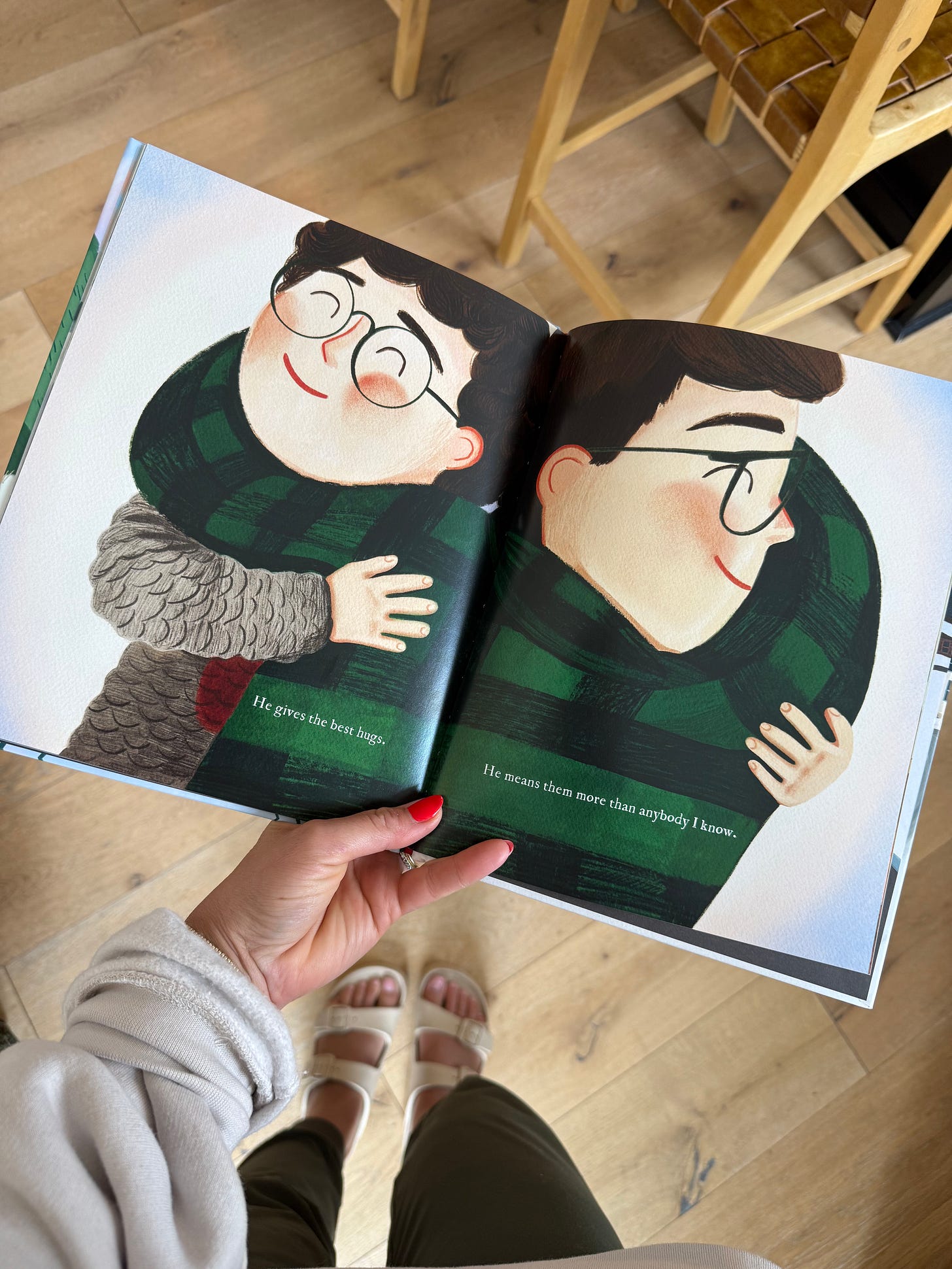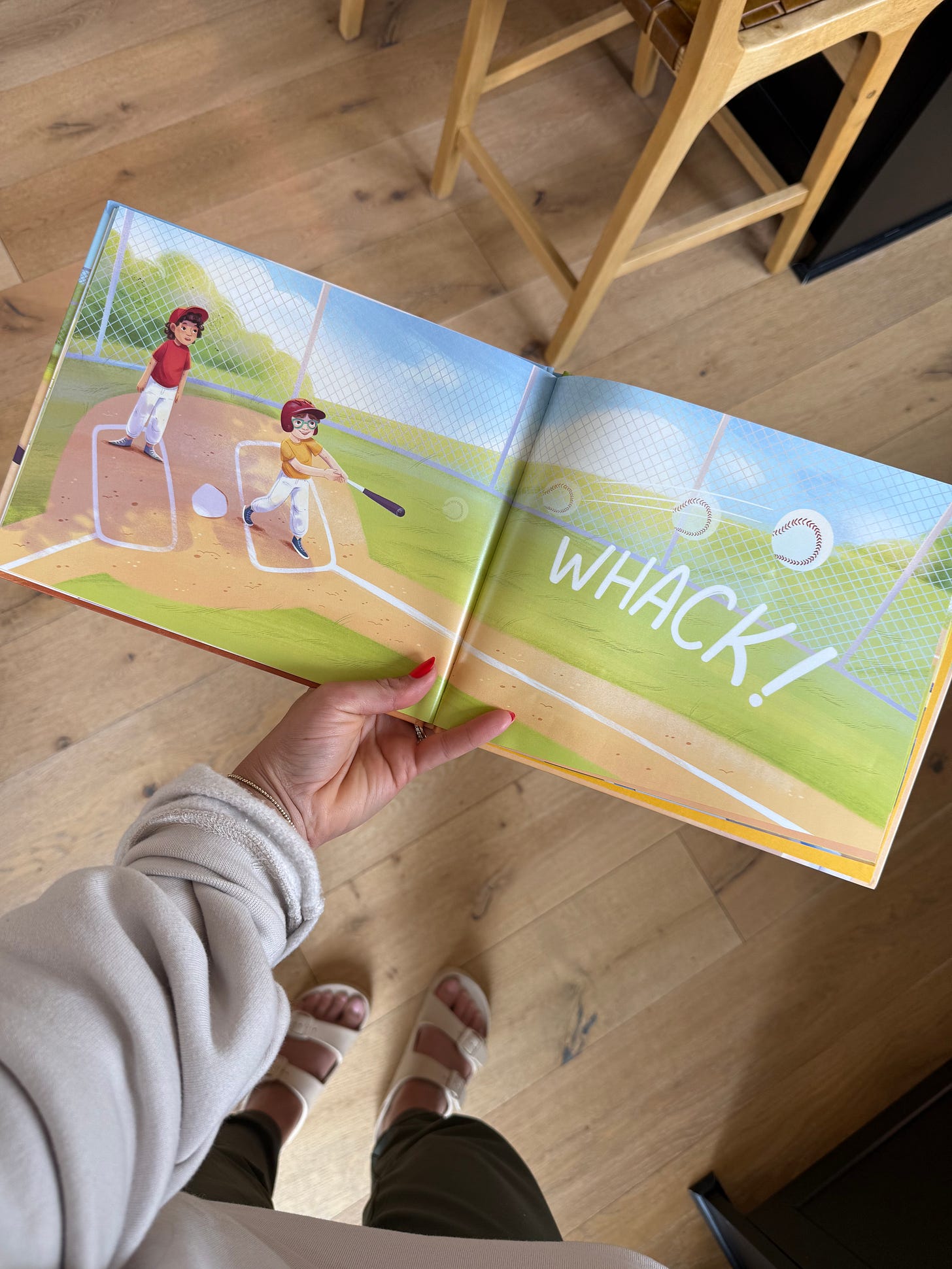When I got into poetry, there was one writing skill that I started leaning on more than I ever had before: Pacing.
And really, most children’s books are often one giant poem (even if they don’t rhyme), and very quickly found that my new-and-improved pacing skills helped my children’s book writing.
Because it’s not just about what happens in the story. It’s about when it happens—and how it unfolds across the pages.
Pacing creates anticipation. It gives space for emotion to build. It pulls a child along with curiosity and energy, asking, "What’s next?"
And one of the simplest—but most powerful—tools you have as a picture book writer is the page turn.
Think about it:
In The Society of Extraordinary Raccoon Society (Randall Goodgame), The #1 reason the raccoons give all their things away is revealed just after a page turn, not before. The suspense hinges on that little pause.
In The Very Hungry Caterpillar, each new food he eats comes with a page flip—building a sense of rhythm and forward movement that mirrors his transformation.
In Like Me (my book!), the emotional reveal of the hug the brothers give each other happens right after you turn the page from the big fight.
In strong picture books, the story doesn’t just move. It invites the reader to move with it—through every pause and page turn.
A few things to keep in mind as you write:
Each page should give the reader a reason to turn to the next.
Surprises, shifts, and emotional beats are strongest right after a page turn.
Long, unbroken blocks of action can feel flat. Pacing—through page turns—brings the story to life.
And here’s something writers often overlook:
The way you use commas and periods can change the feel of your pacing, even before it hits the illustrator's desk.
Commas string ideas together, pulling the reader along with a sense of movement or flow.
Periods stop the reader. They create a beat—a natural pause—for something to land or settle.
In a fast-moving scene, you might lean into commas—stacking action, layering motion, rushing the rhythm forward, letting the reader feel the momentum without pause, without breath, without break.
In an emotional moment, you pull back.
You pause.
You let each word settle.
No rush. No noise. Just space to feel what matters.
And don't forget:
Sometimes the best "page turn" is no text at all.
A full-page illustration—without any words or even just one—can slow the reader down, create a sense of awe, or let the emotion of the moment breathe.
For example: In The Very Best Baseball Game by Katie Blackburn, Carson is annoyed because Bryce, a boy with Down Syndrome, can’t seem to hit a pitch. When suddenly, [page turn] “WHACK!” and all we see is an illustration of the two boys looking up in awe.
It’s a perfect way to use little to no words to make an impact and allow the story to “show, not tell.”
In picture books, the silence matters as much as the sound.
If you're working on a manuscript, try thinking through where your best page turns might land. And if you want to share a favorite picture book that handles pacing really well, drop it in the comments—I’d love to hear what you're noticing.




